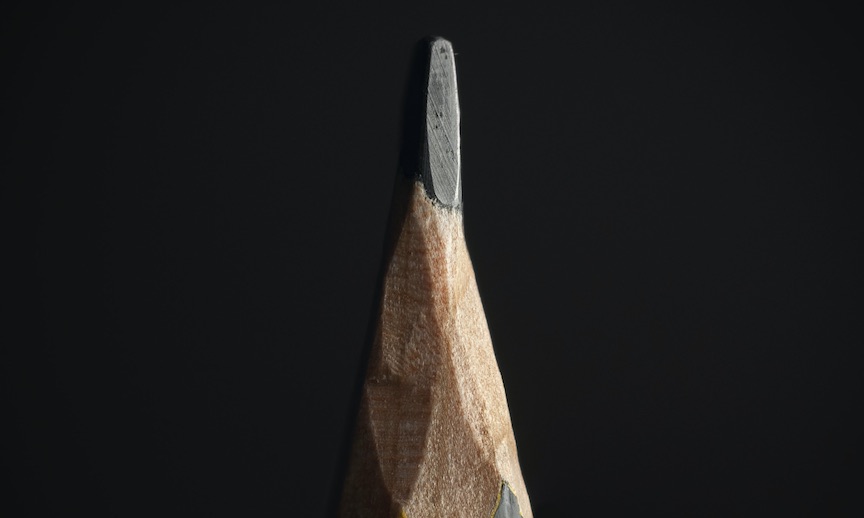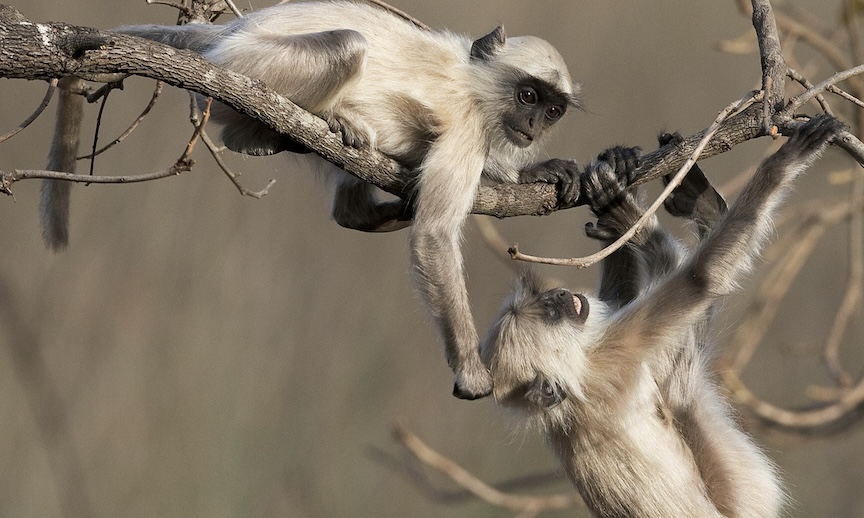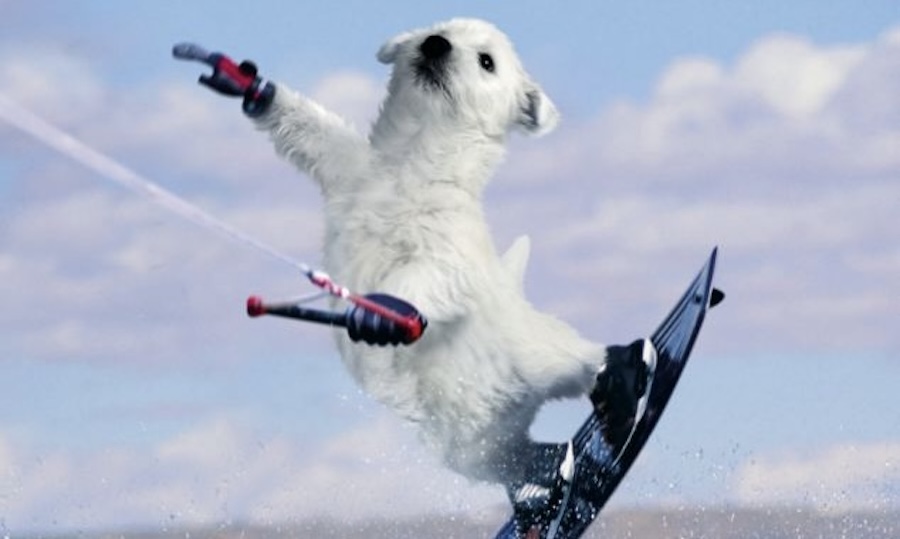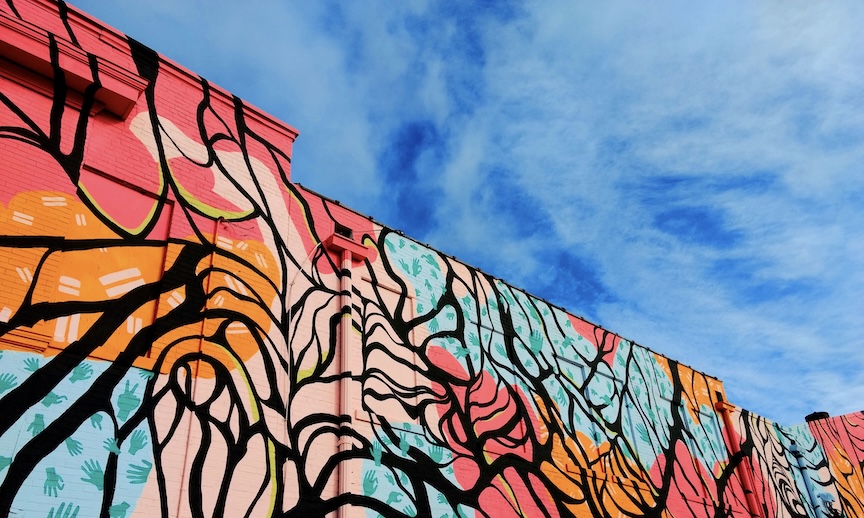EVERYTHING & NOTHING
Rilke wrote, “And now we welcome the new year. Full of things that have never been.”
The observation seems quite simple at first. But then I notice the paradox of recognizing fullness where nothing exists.
The coming year is suffused with promise, replete with possibility, jam-packed to overflowing with all that we anticipate, hope, dread, and dream. It seems so full already that I’m tuckered out just thinking about everything there is to do and create and be in 2023, before we even get started.
And — at the same time — in reality, it is vacant. Utterly empty. The future as of yet contains diddly-squat.
Eternally, we stand at the threshold of everything and nothing.
We are called constantly into everything yet to be, drawn inexorably forth through time and space and circumstance. This sure can feel like we’re slipping, slipping, slipping into the future. Skidding without brakes towards inevitability. Sliding into its loving arms and/or on a collision course with it.
And — again, at the same time — we’re writing it. We’re making it up. We’re designing and shaping it all out of imagination, expectation, and our beliefs about what might be. Right now, truly, everything before us is a blank page. The new year awaits our collaborative creativity to become anything at all.
Conscious creation is one of the main thrusts of New Thought philosophies. A lot of our spiritual disciplines are for the purpose of intentional manifestation. We choose what we want for ourselves and the world, and then we pour ourselves whole hog into the actualization of it. Prayer, affirmation, visualization, and self-expression all can be parts of this. It can be daring, driving, and dynamic, and I really dig it.
In addition to such directive mental activities, however, the Science of Mind also offers important receptive practices.
Creation, like breath, moves both out and in.
Meditation is part of this. Learning to quiet our racing minds. Even the most empowering, noble, and inspired intentions can feel like a relentless and destructive stampede over our peace if we aren’t able to pause, to be still and present.
Visioning is another practice of receptivity and expansiveness. Distinct from visualization — which activates our creativity by holding an image of what we wish to experience or actualize — visioning invites us to let go and open up. We don’t have to hold anything, or figure it out, or plan it, or force it. Indeed, the entire point of visioning is to free ourselves into possibilities beyond anything that we’ve conceived so far. It draws us forth into nothing and everything. It is an exercise of grace and ease and flow.
Michael Beckwith describes it thus: “Visioning is a process by which we train ourselves to be able to see, hear, feel, see, and catch God’s plan for any particular plan we are working on… It is based on the idea that we are not here to tell God what to do or to ask God for things, but absolutely to be available for what God is already doing, to open ourselves up to catch what is already happening… When one individual is true to his or her vision, it assists in liberating everyone. When even one individual neutralizes or prequalifies the thought forms of separation and lack and limitation that run rampant in the human experience, he or she creates a spiritual vortex that allows others to be pulled into that same vibration.”
This seems to me our access to Rilke’s fullness. The fullness of a new year, the fullness of everything and nothing. A promise beyond the status quo. Possibilities that bloom out of willingness, openness, and freedom from preconceptions.
Join us this Sunday, January 1, at 10:00 am for a special New Year’s Day service. Sheila Towle will lead us in a visioning. Then, we have a lovely ritual to plant and begin to grow our living intentions. Have a safe and happy New Year’s Eve. I can’t wait to be with you in 2023. XO, Drew
©2022 Drew Groves
